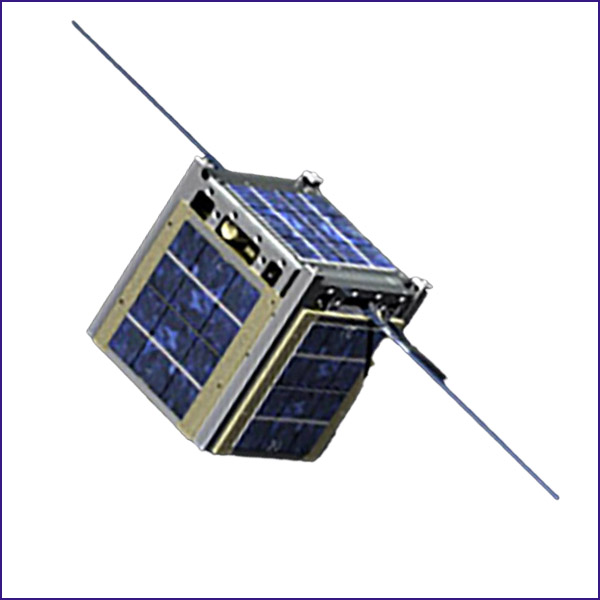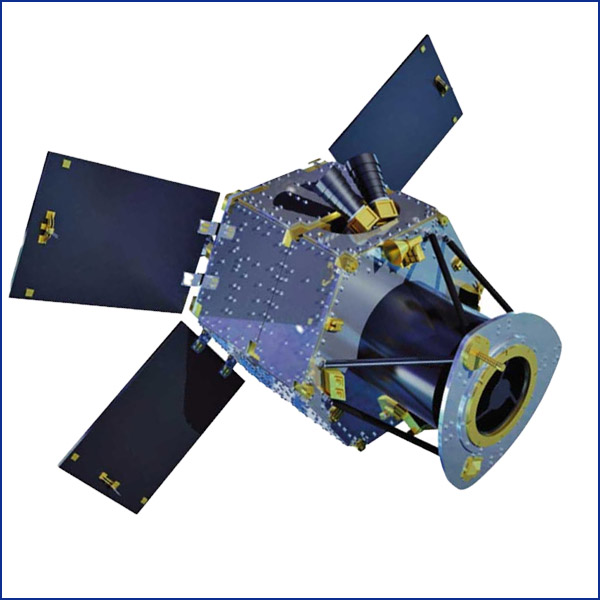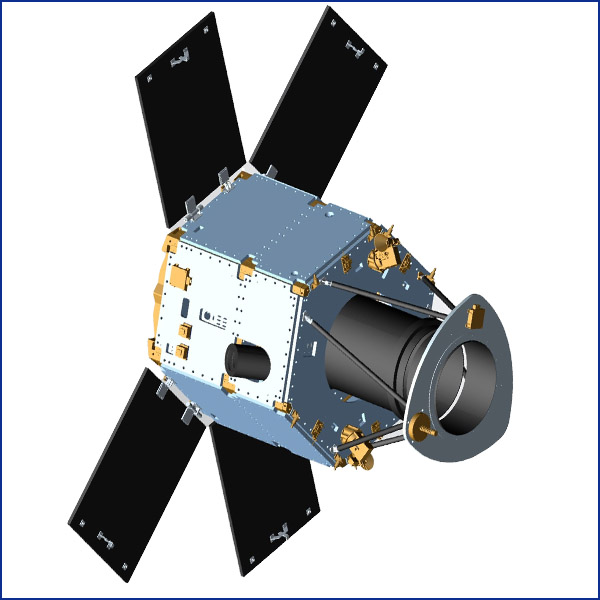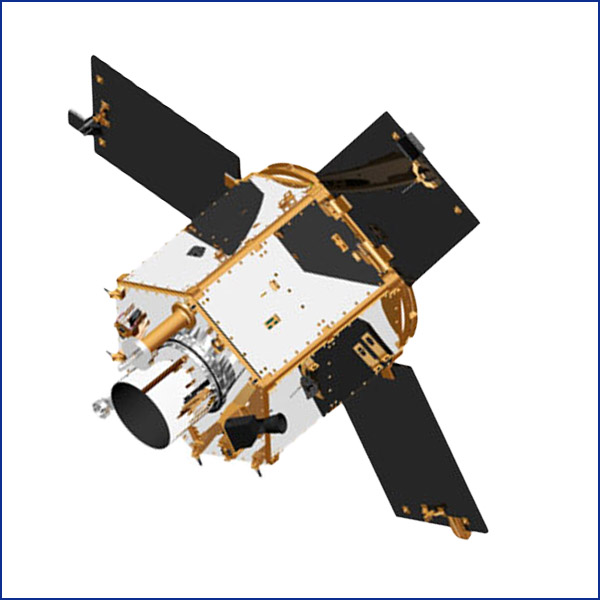
To be developed at MBRSC in Dubai, the MBZ-SAT is expected to be launched in 2024, making it the most advanced commercial satellite in the region in the field of high-resolution satellite imagery. MBZ-SAT will be equipped with an automated system for arranging images round-the-clock, ensuring that it provides the highest quality standards of satellite images intended for commercial use globally. This project will strengthen the UAE’s partnerships in the space industry between the public and private sectors. MBZ-SAT will contribute to meeting the growing commercial demand for high-resolution satellite images that will show details within an area of less than one square meter, which will be one of the most advanced features ever. The Centre will offer rapid turnaround of captured data, sharing it to users through an advanced system. This imagery solution can support a wide variety of uses within mapping and analysis, environmental monitoring, navigation, infrastructure management and disaster relief efforts, to name a few. The utility of satellite imagery in aiding and tackling natural disasters is in particular very important as they can help gauge the severity of the calamity, help plan relief efforts and aid in rebuilding efforts.





